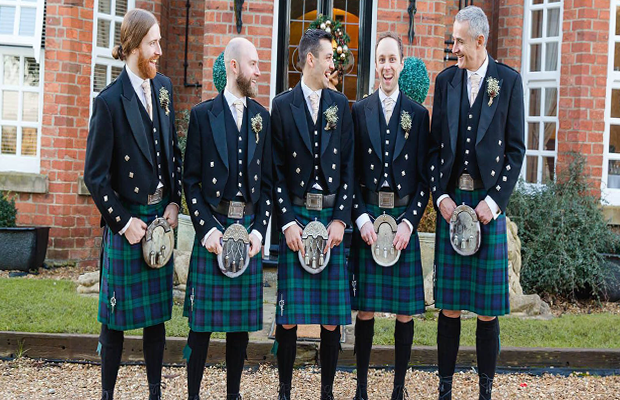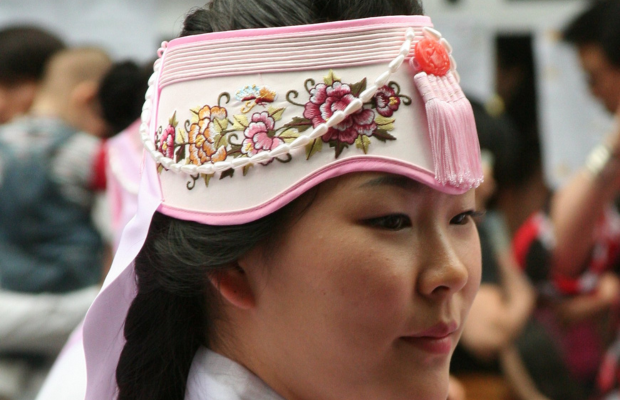
A Historical Overview of Scottish Bonnets: From the Tam o’ Shanter to the Glengarry
Scottish bonnets have long been a symbol of national pride and cultural identity. These distinctive hats, worn by everyone from soldiers to everyday folk, have a rich history that spans centuries. Let’s delve into the fascinating journey of Scottish bonnets, exploring their origins, evolution, and enduring legacy.
The Origins of Scottish Bonnets
The story of Scottish bonnets begins in the Middle Ages. These early hats, made from wool, were practical garments designed to protect against Scotland’s harsh weather. They were simple in design, often round and flat, making them functional for daily wear.
The Tam o’ Shanter: A Cultural Icon
Named after the famous character in Robert Burns’ poem, the Tam o’ Shanter is perhaps the most iconic Scottish bonnet. This woolen cap, characterized by its distinctive pom-pom on top, became widely popular in the 18th century. The Tam o’ Shanter’s association with Scottish literature and folklore has cemented its place as a cultural symbol.
The Balmoral Bonnet: A Symbol of Highland Pride
The Balmoral bonnet, with its rounded crown and trailing ribbons, emerged in the 19th century. Named after Balmoral Castle, this bonnet became a staple of Highland dress. Often adorned with a clan badge or a feather, the Balmoral bonnet was a symbol of pride and identity for many Scots, especially those in the Highlands.
The Glengarry Cap: From Military to Civilian Wear
The Glengarry cap, with its distinct military association, has a unique place in Scottish headwear history. Originally part of the uniform for Scottish regiments in the British Army, the Glengarry cap features a boat-shaped crown and trailing ribbons. Over time, it transitioned into civilian wear, often seen at formal events and Highland games.
Evolution of Scottish Bonnets in the 20th Century
The 20th century saw Scottish bonnet adapt to changing fashion trends. While retaining their traditional elements, bonnets like the Tam o’ Shanter and Balmoral began incorporating modern materials and designs. This evolution ensured that Scottish bonnet remained relevant and stylish.
The Craftsmanship Behind Scottish Bonnets
The making of Scottish bonnet is an art form passed down through generations. Skilled craftsmen and women use traditional techniques to create these hats, ensuring each piece is a work of art. The meticulous process involves selecting high-quality wool, shaping the bonnet, and adding distinctive features like pom-poms and ribbons.
The Cultural Significance of Scottish Bonnets Today
Today, Scottish bonnets are more than just hats; they are symbols of heritage and identity. Whether worn at a Highland wedding, a military ceremony, or a cultural festival, these bonnets connect wearers to their Scottish roots. They are cherished heirlooms, passed down through families, and worn with pride.
Scottish Bonnets in Popular Culture
Scottish bonnet have also made their mark in popular culture. From films and television shows to fashion runways, these hats continue to captivate audiences worldwide. They represent a timeless style that blends tradition with modernity.
Conclusion: The Enduring Legacy of Scottish Bonnets
Scottish bonnet from the Tam o’ Shanter to the Glengarry, tell a story of tradition, craftsmanship, and cultural pride. These hats have evolved over centuries, yet they remain enduring symbols of Scotland’s rich heritage. Whether worn for their historical significance or their stylish appeal, Scottish bonnet are a testament to the enduring legacy of Scottish culture.





